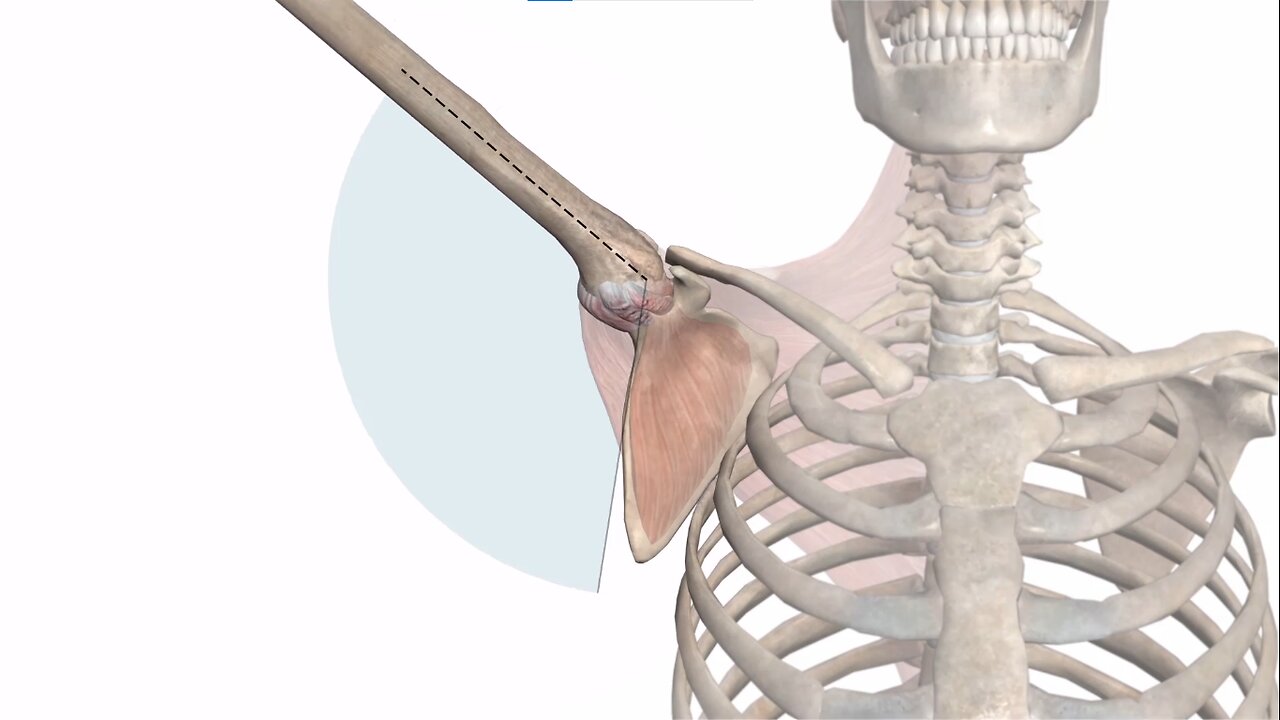Premium Only Content

Human Animated Anatomy of Adhesive capsulitis 03 shoulder anatomy and function
adhesive_capsulitis_03_stages_of_adhesive_capsulitis
===
Hello, my name is Lenny McCrea, and I'm a physical therapist and orthopedic and sports medicine rehabilitation specialist. Today I'll be talking about the four stages of frozen shoulder. The disease involves four distinct stages over a period of 12 to 18 months in which pain, loss of motion in functional limitations may persist during the first four to six months, the patient exhibits significant pain, particularly at end range of motion, and usually has difficulty.
They will also describe an achy pain at rest that makes day-to-day activities difficult. The joint capsule and ovum have significant inflammatory markers, but there are no contractions. Therefore, little loss of motion pain is the limiting factor at this stage. The next stage of the disease process is the freezing stage in which the patient still has significant pain and a gradual loss of motion in all directions.
This stage has been reported to last up to nine months. In some [00:01:00] people. There's a significant increase in inflammation of the joint capsule characterized by new blood vessel formation. It's often during this stage that patients finally seek medical help and realize that it's not impingement or rotator cuff tendonitis.
In the next stage, the frozen stage, the patient displays continued pain and loss of motion. The inflammation or synovitis has lessened, but the capsule has now become scarred down, also known as fibrosis. The auxiliary fold of the capsule has now decreased in volume and therefore restricts the ability of the joint to move to its fullest.
The patient can no longer raise their arm overhead and often presents with a shrug sign because they have to compensate by using their upper trapezius muscles and other accessory muscles in an attempt to raise their arm up. Finally, during the thawing phase, the patient exhibits resolving pain.
Improvements in range of motion and function. The stiffness that had settled in is beginning to release, but it may last for as long as 24 months and beyond. After the onset of the [00:02:00] initial symptoms, the fibrosis persists in the capsule, which continues to restrict the patient in moving in most directions.
So that brings us to the end of our discussion today. Thanks for joining.
-
 6:54
6:54
Dr. Nick Zyrowski
55 minutes agoHIGH PROTEIN DIET Fixes Your Metabolism! - Weight Loss Not Required
2 -
 3:14:33
3:14:33
Joe Donuts Gaming
15 hours ago🟢 Live : Christmas is Here!! | Fortnite, Caroling, Light Tours and Donos !!
77.1K15 -
 6:02:38
6:02:38
CLUJ
14 hours agoCHRISTMAS EVENING HYPE!! LETS HAVE FUN GAMING!!
63.6K7 -
![I AM FINALLY BACK :: PUBG: BATTLEGROUNDS :: RUMBLE NOW HAS GIFTED SUBS!!! [Merry Christmas] {18+}](https://1a-1791.com/video/fwe1/22/s8/1/e/f/C/6/efC6v.0kob-small-I-AM-FINALLY-BACK-PUBG-BATT.jpg) 9:57:19
9:57:19
a12cat34dog
16 hours agoI AM FINALLY BACK :: PUBG: BATTLEGROUNDS :: RUMBLE NOW HAS GIFTED SUBS!!! [Merry Christmas] {18+}
51.1K8 -
 3:55:42
3:55:42
STARM1X16
15 hours agoMerry Christmas Fortnite
125K11 -
 2:45:33
2:45:33
Sgtfinesse
15 hours agoMerry Christmas Night
90.4K19 -
 3:51:18
3:51:18
tacetmort3m
1 day ago🔴 LIVE - (MERRY CHRISTMAS) TIME TO SPREAD DEMOCRACY - HELLDIVERS 2 OMENS OF TYRANNY
54.4K2 -
 2:46
2:46
BIG NEM
19 hours agoDiscovering RAKIJA: The Holy Liquer of the Balkans
39.8K3 -
 1:11:38
1:11:38
Film Threat
23 hours agoCHRISTMAS DAY CHILL STREAM WITH CHRIS GORE | Hollywood on the Rocks
157K34 -
 14:22:40
14:22:40
The Quartering
1 day agoYule Log Christmas MAGA Edition With Memes! Come Hang Out!
245K32